Climate Change and Me
Academy of Natural Sciences
JULY 21, 2021
The first climate change presentation I saw was back in the 1970s when I was working for the National Weather Service. Murray Mitchell, was the top climate scientist for NWS. While that got the bulk of the publicity, Dr. Mitchell assured us that the warming of the climate would be the biggest problem in the future.


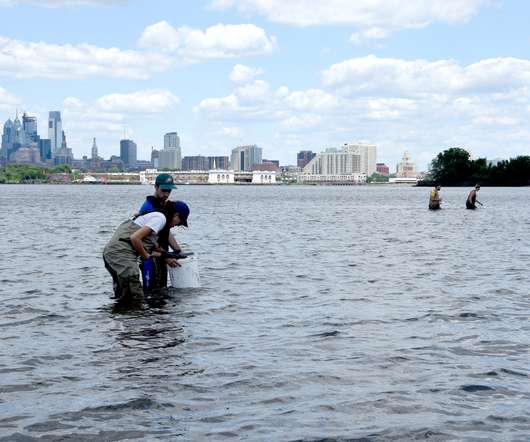
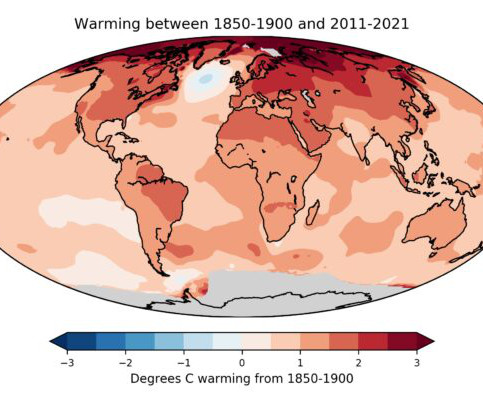
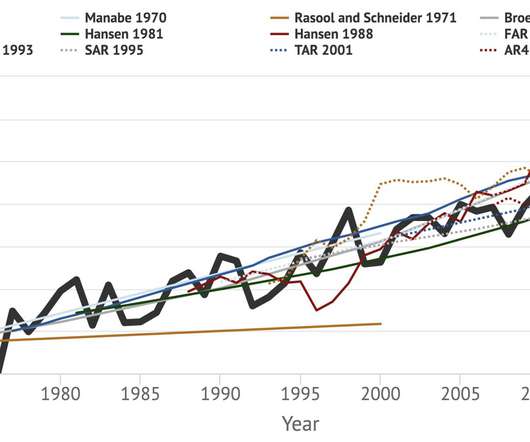
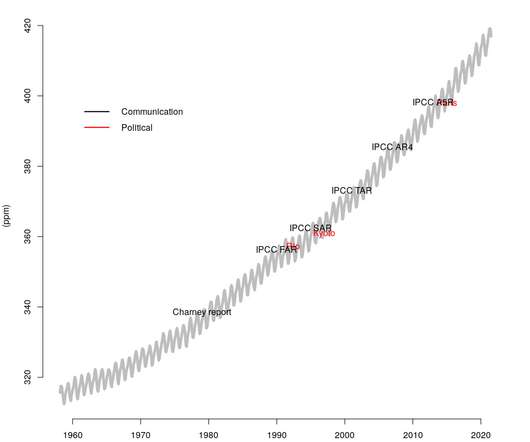
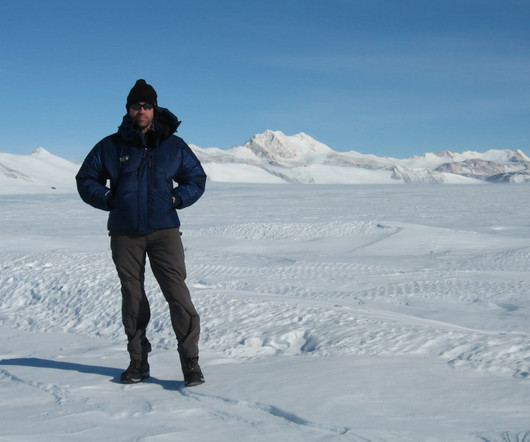
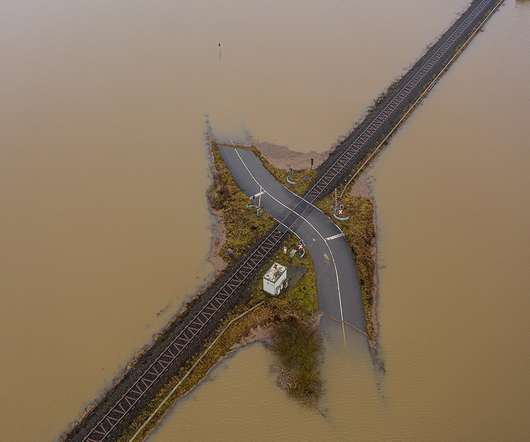
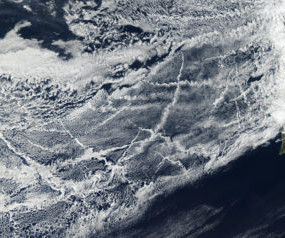
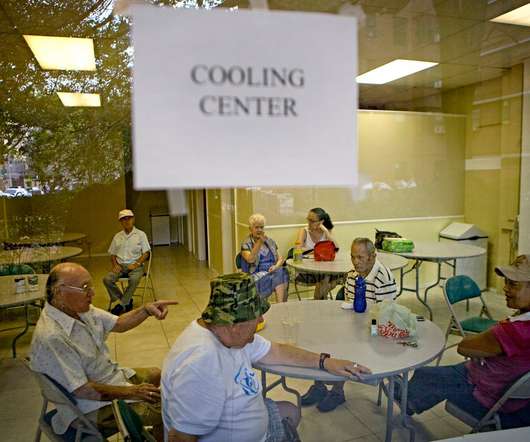
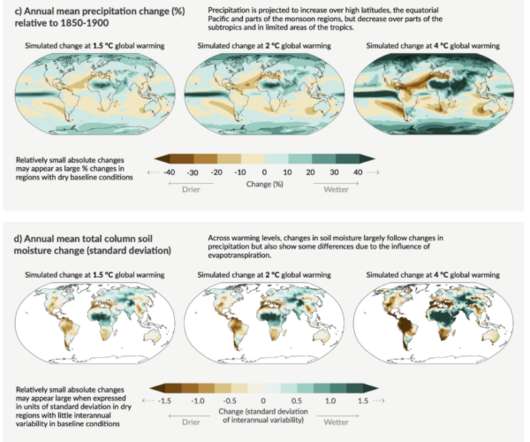
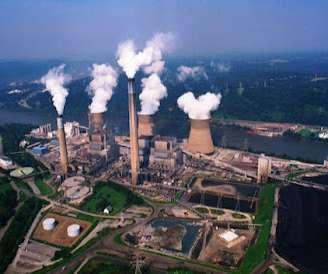







Let's personalize your content